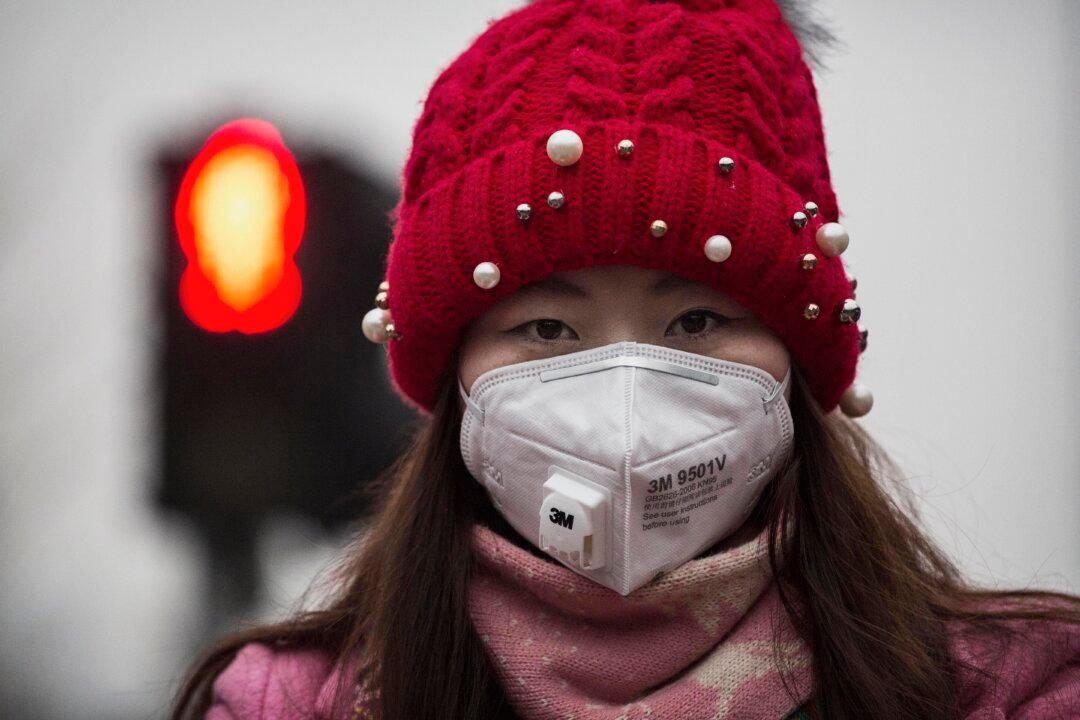Two air pollutants, PM2.5 and ground-level ozone, are responsible for the deaths of 1.1 million people annually in China, and cause economic damage worth 267 billion yuan ($38.8 billion), according to new research conducted by the Chinese University of Hong Kong (CUHK).
Among the estimated yearly deaths are about 1,000 Hong Kong residents.





